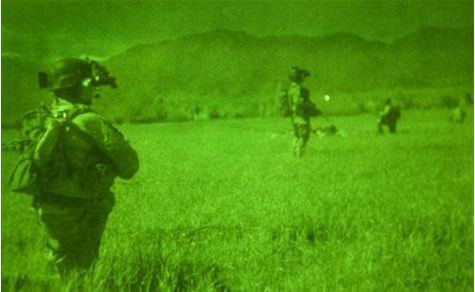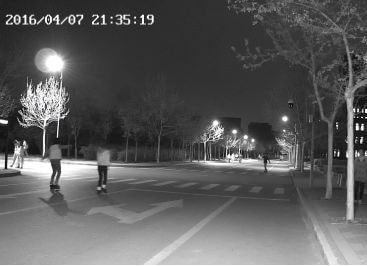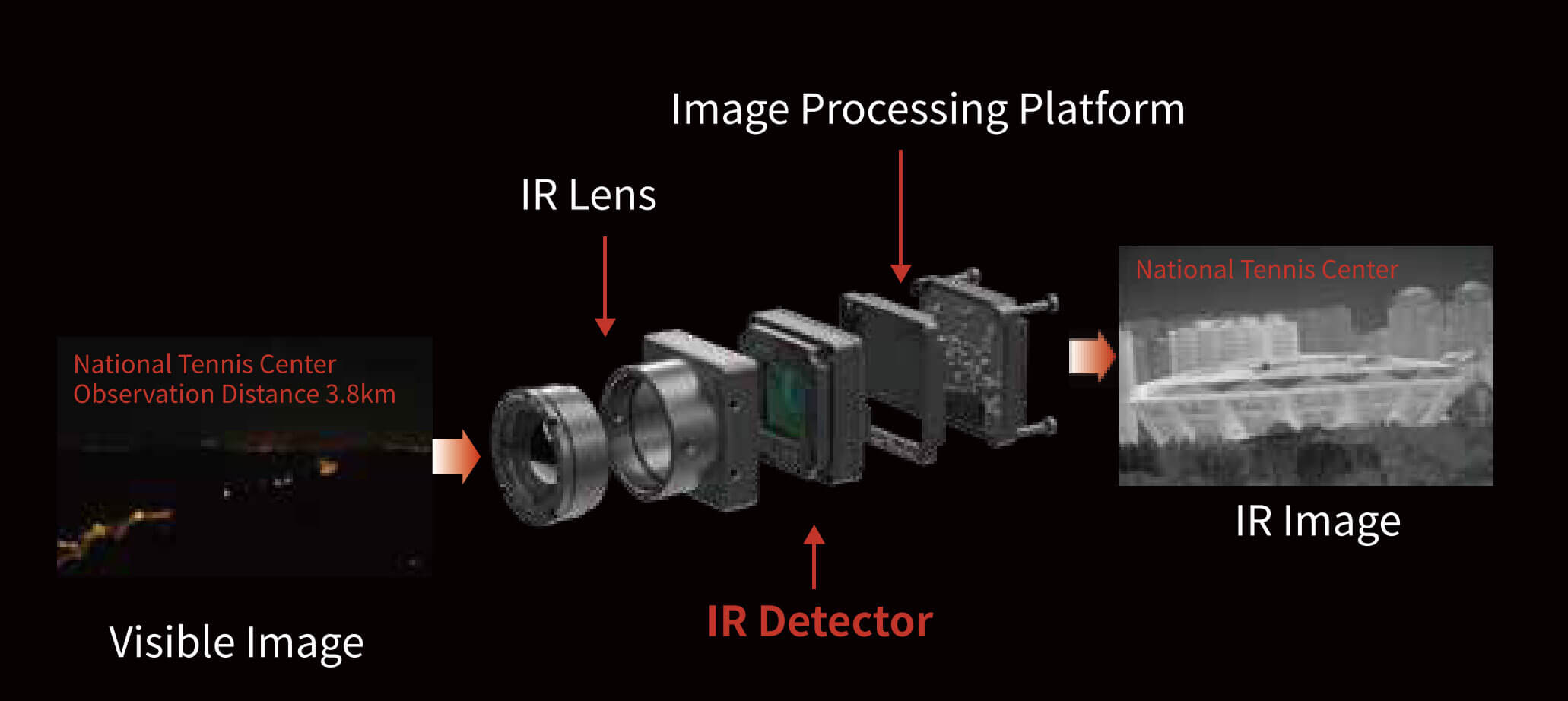Night vision technology is a kind of photoelectric technology to realize night observation with the help of photoelectric imaging devices. Night vision technology includes low light level night vision and infrared night vision. Infrared night vision is divided into active infrared night vision and passive infrared night vision. What are the specific differences between them?
Low light level night vision: it is a night vision technology that transforms weak natural light image into enhanced electronic image through image intensifier, and then transforms enhanced electronic image into visible optical image. Its advantage is that the price is relatively low, but the disadvantage is that it can't detect objects without light. That is to say, compared with infrared technology, this technology still needs certain lighting conditions to see objects in the surveillance scene.

Active infrared night vision: it is a night vision technology to realize camera monitoring by actively emitting infrared light and using infrared beam reflected by the target, so the observation distance is limited. Ordinary infrared camera is an active infrared technology, also known as near infrared night vision technology. It is mainly composed of infrared light source (infrared searchlight), infrared camera, video processing circuit and display. The infrared lamp emits the infrared light with the wavelength range of 0.78-1.1 um which is invisible to human eyes to irradiate the observed object, and uses the reflected infrared light to image, so as to enhance the night vision effect.

Passive infrared night vision (thermal imaging): using real-time acquisition of different parts of the natural object infrared thermal radiation intensity to form an image, according to the temperature difference or thermal radiation difference between the target and the background or parts of the target to find the target, also known as infrared thermal imaging technology. Because the infrared radiation will not be affected by the changes of the surrounding lighting conditions, infrared thermal imaging technology can provide clear video images in both day and night, even in fog, rain and other harsh environments, and it is also the most widely used night vision technology at present.

| Technology | Low light | Active IR | Thermal imaging |
| Light source | Natural light | Actively emitting infrared light | No need |
| Working principle | Transforms weak natural light image into enhanced electronic image through image intensifier | Actively emitting infrared light and using infrared beam reflected by the target | Infrared radiation difference between targets and scene or different parts of an object. |
| Concealment | Good | Bad | Good |
| Image quality | Low contrast | Medium | High definition |
| Cost | Low | Medium | High |
Go Top